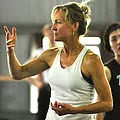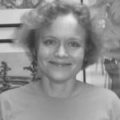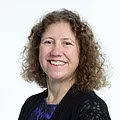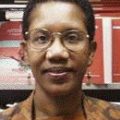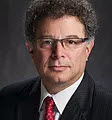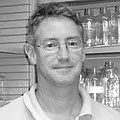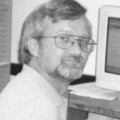I arrived at the a2ru student conference in Baton Rouge eager to collaborate with others who are passionate about the role of the arts in society. Beyond that, I didn’t know exactly what to expect.
Fast forward to the end of Day 1, and I already had more new friends, new ideas, and new stories (involving Uber drivers with Southern drawls, interesting discoveries on LSU campus, and delicious Southern food) than I could count! LSU is nestled among a series of lakes and magnolia trees (sights that I drank in greedily with my starved Arizona eyes). It was also within easy walking distance of a row of restaurants serving all of the Southern staples (gumbo, jumbalaya, crawfish, etoufee).
As the conference progressed and we attended panel discussions and were placed in project groups, the ideas kept coming, fast and free. By the end of day two, I had a pile of sticky notes with lists and bullet points and thought graphs exploring the nature of authentic science/art collaboration, comparing the place of the sciences and the arts within academia vs. the broader community, looking at issues of funding, and considering the neuroscience supporting the intersection between the arts and social engagement. I found myself connecting concepts I’ve always understood but never quite framed in relationship to each other. That process of creative reframing became a recurring theme throughout the conference.
Day 2 also included a discussion about interdisciplinarity, group breakout sessions, a tour of LIGO observatory in Livingston, a trip to LSU’s Mike the Tiger, and a new computer music concert on campus. (We kept ourselves busy!) I felt a little giddy admiring the 2017 Nobel Prize that had been delivered to the LIGO observatory just before our visit. Our group enjoyed a behind-the-scenes tour (four miles of pipe and room after room of carefully-calibrated equipment), and I learned more than I ever knew about the gravitational waves created as two black holes approach and merge. The simulations are pure art.
One evening, two of the other ASU participants and I decided to drive into Baton Rouge during our post-dinner free time and celebrate our own (very tame!) version of Mardi Gras, two days after the actual holiday. Several magical things happened:
ME: 'I really wish we’d run across an authentic jazz club!'
*We run into a jazz club and become the sole audience members for two laid-back Louisianans playing the blues.*
ME: 'I really wish I had some mardi gras beads to take home as a souvenir!'
*We run into several streets lined with trees full of mardi gras beads and thoroughly enjoy the process of getting them down.*
ME: 'This is an interesting statue in front of the capitol. I wonder who Huey Pierce Long Jr. was?'
*Huey Pierce Long Jr’s great-grandson (who is studying law at LSU) just happens to be the only other person in the park at that moment. He introduces himself and recounts the history of the 1920s governor who championed the poor and almost ran a very successful campaign for president against FDR before being assassinated.*
Add to that some fresh haddock, standing alongside the Mississippi, visiting the gothic cathedral-inspired Old State Capitol, lounging in a porch swing near a historic double-gallery home, and establishing a good working rhythm with my project team, and you have a day that was simultaneously exhausting and exhilarating.
I also had the opportunity to attend a production of Tom Stoppard’s high-minded Arcadia (a play that explores the art of science) and to visit Magnolia Plantation (within walking distance of LSU). Southern hospitality is real, y’all, and I swear that Scarlett O’Hara was ready to shashay down the steps of the main house. (Also, there are cherry blossoms everywhere. And rocking chairs in the airport. I love the relaxed pace of the South!)
On the final day of the conference, my remarkable team of five (representing universities across the country) presented our project proposal to all of the attendees. Most of us had been up all night putting the final touches on our presentation, and we were proud of what we had designed in just one short weekend. Capitalizing on the digital photography skills of one of our teammates, we created a composite image of our five faces—an individualized representation of a collective and a collective representation of individuals. Our project, called “I Told Our Story,” was designed to help communities rediscover and reclaim their collective identity in our increasingly polarized society.
Our goal was to generate a kind of community narrative by way of algorithmic features in an app. Users would access public kiosks and share narrative snapshots alongside literal snapshots of their own face. Upon clicking submit, they would be shown what others had written in response to the same prompts, and they would be able to view their own face merged with as few as one other face or as many as thousands of others in their area. Over time, a literal and figurative picture of each city would emerge, allowing individuals to see themselves as a key part of their community’s makeup.

